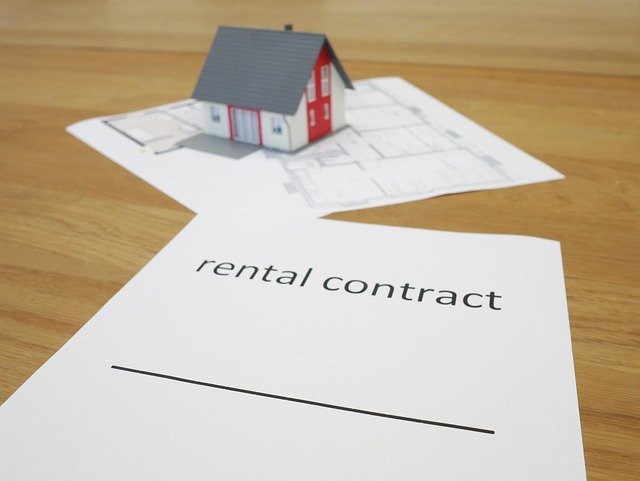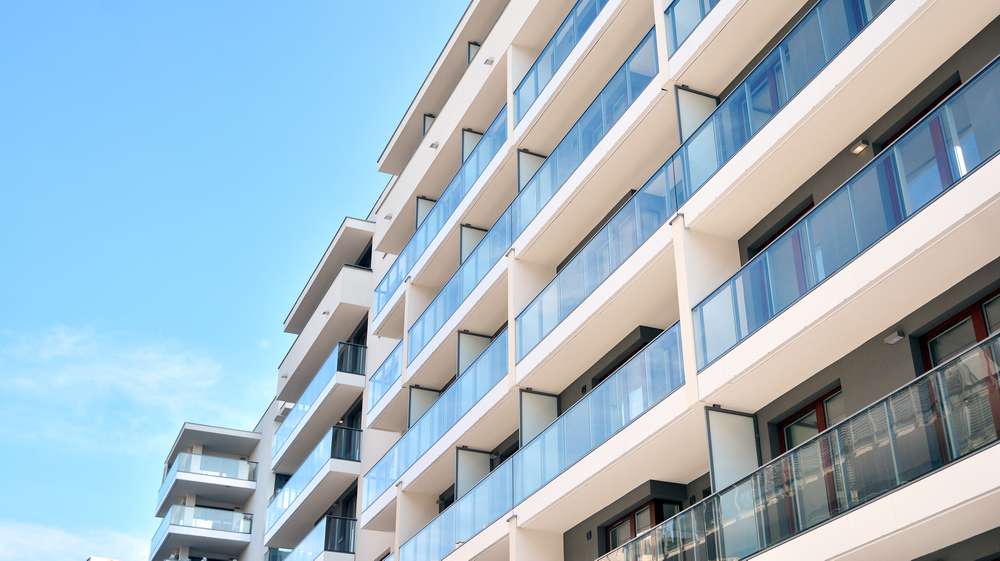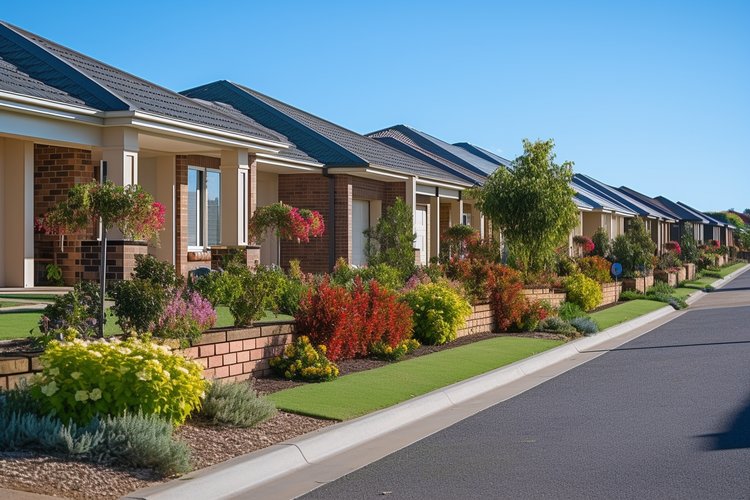The Rising Popularity of Adaptive Reuse in Real Estate
Introduction: As urban landscapes evolve, so does the real estate industry. One trend that's making waves is Adaptive Reuse—the transformation of underutilized buildings into functional, profitable spaces. This approach offers an intriguing blend of history, sustainability, and investment potential.

The Emergence of Adaptive Reuse
Adaptive Reuse is not a new concept; it has been gradually gaining traction over the past few decades. Initially, it was a response to urban decay and a desire to preserve historical architecture. Over time, it has become a viable and profitable real estate strategy. Adaptive Reuse projects breathe new life into old structures, converting disused factories into modern lofts or transforming historic churches into unique restaurants.
Current Market Trends and Financial Insights
The Adaptive Reuse trend has been fueled by various factors, including urban revitalization, the rising cost of construction, and the desire for sustainable development. These projects often qualify for tax incentives, making them an attractive investment. According to a recent study by JLL Research, Adaptive Reuse projects account for up to 2% of America’s commercial real estate activity, demonstrating their growing significance in the market.
The Advantages and Challenges of Adaptive Reuse
Adaptive Reuse offers numerous benefits, including the preservation of cultural heritage, reduced construction waste, and potential tax benefits. However, it also comes with challenges. These projects often involve complex regulations, structural issues, and higher upfront costs. Despite these hurdles, the unique charm and history these buildings offer can add significant value, making them attractive to buyers and renters alike.
The Impact of Adaptive Reuse on Buyers, Sellers, and Investors
For buyers, Adaptive Reuse properties offer a unique mix of history and modern amenities. For sellers, these properties can command higher prices due to their uniqueness. For investors, Adaptive Reuse projects can offer stable returns, especially in markets where land is scarce and construction costs are high. However, the success of these projects depends on careful planning, understanding local regulations, and the ability to manage potential risks.
The Future of Adaptive Reuse
As urban spaces become more crowded and the demand for sustainable development grows, the future of Adaptive Reuse looks promising. With the right strategy and understanding of the market, Adaptive Reuse can offer a unique and profitable avenue for real estate investors.
In conclusion, Adaptive Reuse presents a compelling opportunity in the real estate industry. By transforming underutilized spaces into vibrant, functional properties, it offers a creative solution to urban development challenges, while also delivering attractive investment opportunities. With its blend of history, sustainability, and economic potential, Adaptive Reuse is indeed a real estate trend worth watching.





